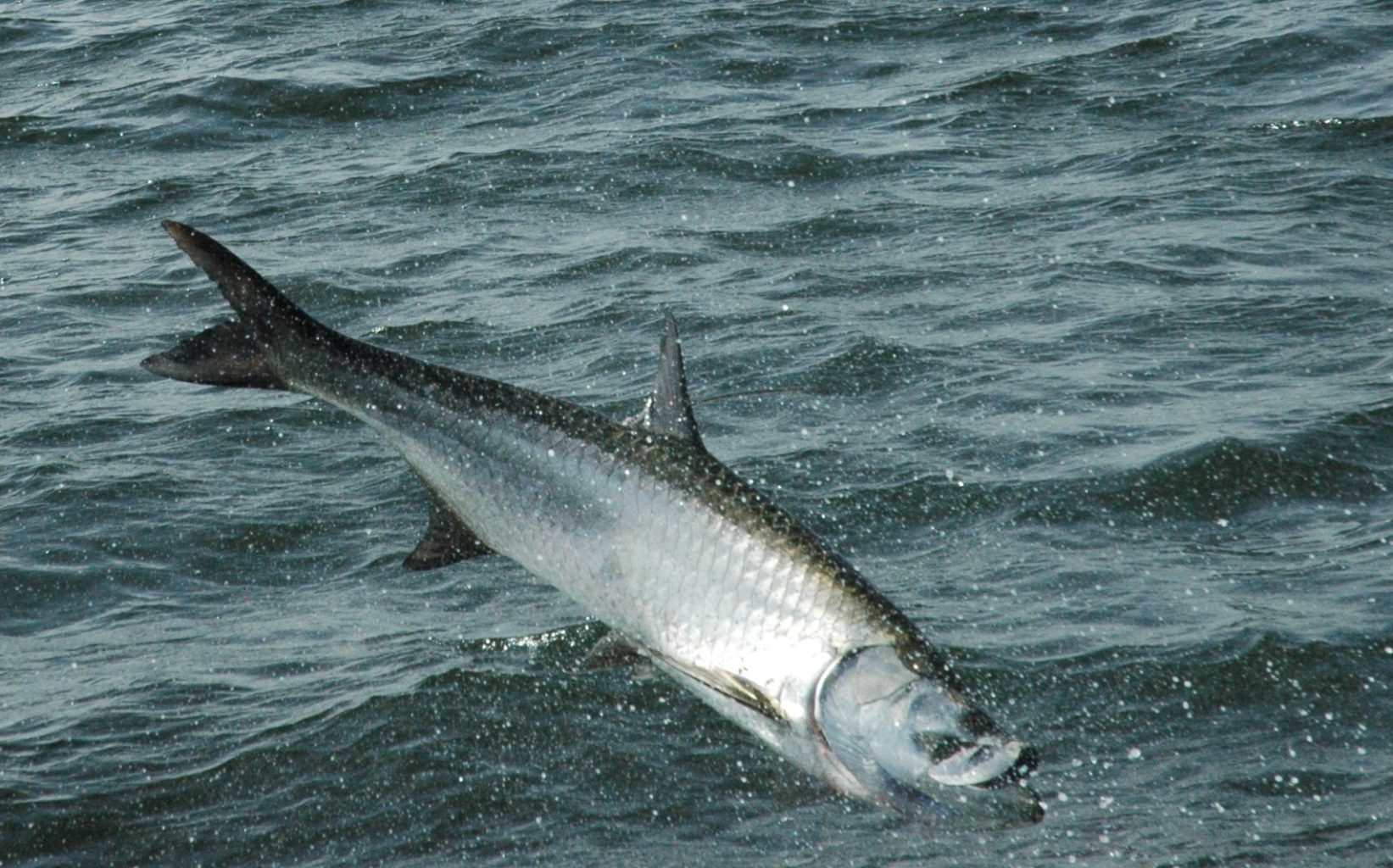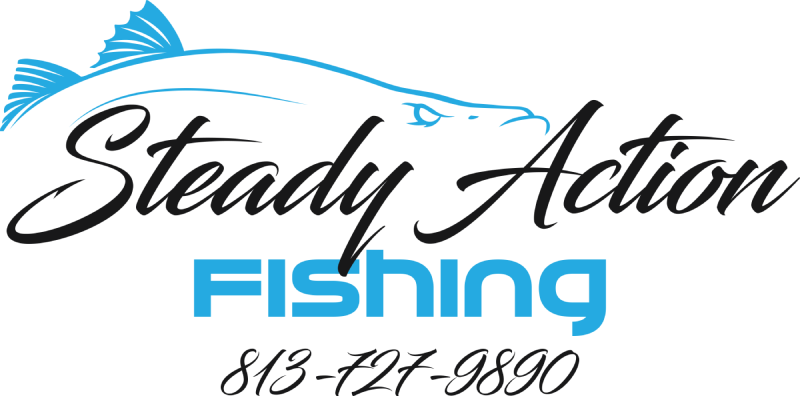By using our website, you agree to the use of cookies as described in our Cookie Policy
Cold fronts hit Tampa Bay and the fish don’t stick around in the same spots. The bite drops off, the flats clear out, and anglers who don’t adjust get nothing. The ones who know how to react still catch fish, even when the weather turns rough. When we guide anglers through these conditions, our experience on Tampa Bay helps keep the rods bent, even when the weather is less than ideal.

Pressure Drops Change Everything
Barometric pressure doesn’t just nudge fish around. It shuts down the bite, shrinks feeding windows, and forces every species to make a move. When a front rolls in, fish sense the change through their swim bladders. They don’t wait around. They slide off the flats, drop into channels, and stick close to structure. The water feels different. The fish act different. Ignore the pressure, and you’ll miss the action.
- Fish slow down. They don’t chase. They wait for food to come to them.
- Deeper water becomes the only place to find steady action.
- Feeding windows get short, sometimes just minutes at dawn or dusk.
- Structure matters. Fish pin themselves to pilings, rocks, and ledges.
- Metabolism drops. Even aggressive species act lazy.
During major weather pattern shifts in Tampa Bay, fish don’t just move. They change their entire routine. The best anglers read the pressure and adjust before the bite shuts off. Our charter team has spent years learning how to anticipate these changes and put clients on fish when others are left guessing.
Where the Fish Go
Fish don’t scatter at random. They follow a pattern that repeats every time the temperature drops and the wind swings north. Mangrove snapper leave the open flats and stack up in deep holes and channels. Snook push into residential canals and under docks, where the water holds a few extra degrees of warmth. Redfish and trout slide off the grass beds and settle on the edges, hugging the bottom. Grouper and black drum drop into the deepest shipping lanes and bridge shadows. The pattern is clear: find the structure, find the fish.
Gamefish don’t waste energy during a front. They pick a spot, settle in, and wait for the weather to pass. Anglers who know these holding areas keep catching, even when the flats look empty. We often guide our guests to these proven cold front spots, using our local knowledge to maximize every trip.
Species That Stay Active
Not every fish shuts down when the cold hits. Some species keep biting, but only if you know where to look and how to present the bait. The best bets during a cold front:
- Sheepshead, stacked tight to bridge pilings and dock posts, picking at barnacles and crustaceans.
- Black drum, holding deep in channels, slow but steady on cut bait or shrimp.
- Redfish, tight to oyster bars and rocky points, especially where current brings food.
- Grouper, deep in shipping channels, hugging the bottom and waiting for an easy meal.
- Trout, on the deep grass edges, moving slow but still willing to eat a well-placed bait.
Winter fishing in Tampa Bay isn’t about covering water. It’s about picking the right spot and working it slow. The fish are there, but they won’t chase. Patience and precision win every time.
Water Clarity Drops Fast
Cold fronts bring wind. Wind muddies the water, especially in the shallows. Visibility drops. Fish can’t see as well, so they rely on vibration and scent. Bright, flashy lures lose their edge. Dark colors and scented baits take over. Anglers who switch to these presentations keep getting bites when others go home skunked.
- Use dark soft plastics, black, purple, or root beer stand out in dirty water.
- Add scent to every bait. Fish need help finding food when they can’t see see it.
- Focus on vibration, paddle tails and rattles draw attention in low visibility.
Ignore the water color, and you’ll miss the subtle bites. Adjust, and you’ll keep catching even when the bay looks like chocolate milk.
Lure Speed Makes or Breaks the Day
Fast retrieves kill your chances during a cold front. Fish won’t chase. They barely move. The best approach is to slow everything down, sometimes to a crawl. Soft plastics work best with tiny twitches and long pauses. Live bait should sit almost motionless, just enough movement to look alive. Let the fish come to the bait. Don’t force the action.
- Deadstick soft plastics, let them sit, then twitch once or twice.
- Use live shrimp or pinfish with minimal weight. Let the current do the work.
- Watch the line, not the rod tip. Bites are subtle and easy to miss.
Patience pays off. The angler who slows down and waits out the fish will out-catch the one who keeps moving and casting.
Timing the Bite
Feeding windows shrink during a cold front. Sometimes, the only action comes at first light or just before sunset. The rest of the day, fish barely move. Anglers who time their trips for these short windows get the best results. Midday often goes dead, especially if the wind is howling and the sky is clear. Watch the weather, plan around the pressure, and be ready to fish hard when the window opens.
- Arrive early, first light often brings the only real bite.
- Stay late, sunset can trigger a short feeding burst.
- Don’t waste time on dead water. Move if you’re not getting bites.
Cold front fishing rewards those who pay attention to timing. The bite won’t last long, but it’s worth the wait.
Gear Adjustments That Matter
Cold fronts demand changes in tackle. Lighter leaders, smaller hooks, and sensitive rods make a difference. Fish get picky and won’t touch heavy gear. Downsizing keeps the presentation natural and gets more bites. Braided line with a long fluorocarbon leader helps detect subtle takes. Heavy gear spooks fish and misses the light bite.
- Use 10-15 lb braid with a 20 lb fluorocarbon leader.
- Switch to #1 or #2 hooks for live bait.
- Pick rods with a soft tip for better bite detection.
Small changes in gear turn tough days into productive ones. The details matter when the fish get finicky. At Steady Action Fishing Charters, we make sure our guests have the right tackle and techniques for every cold front challenge.
Book Your Tampa Bay Cold Front Trip
Ready to master cold front fishing in Tampa Bay? Contact Steady Action Fishing Charters at 813-727-9890 or Contact Us to book your next weather-proof fishing trip.
‹ Back


